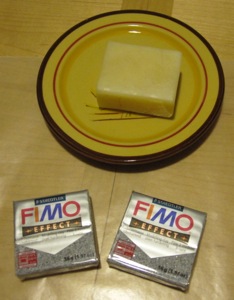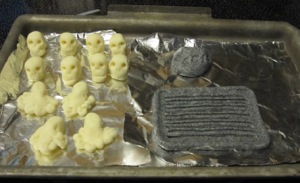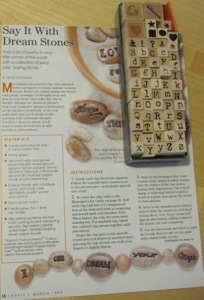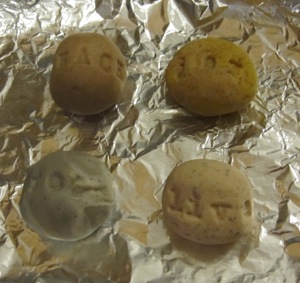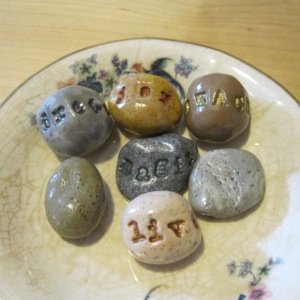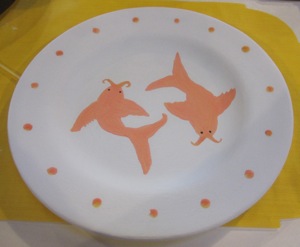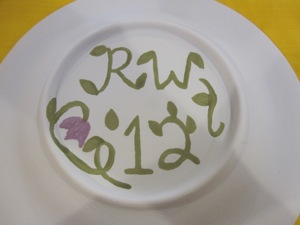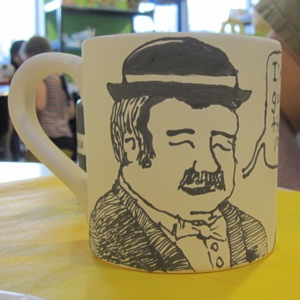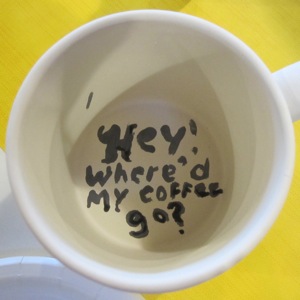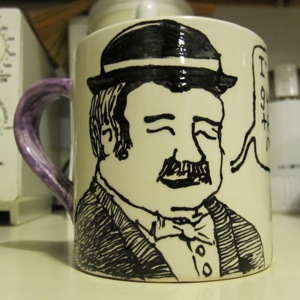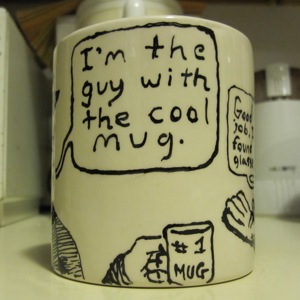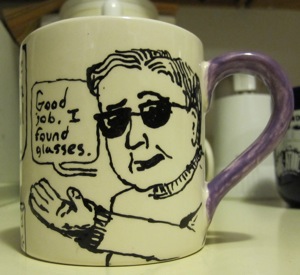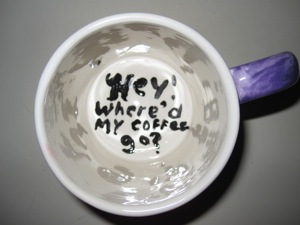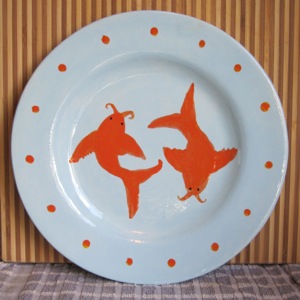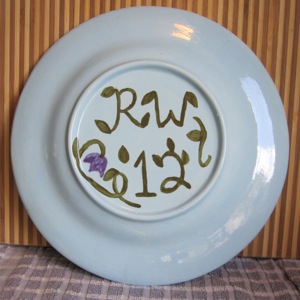I acquired a strange obsession with Mod Podge after a friend brought some over the night we made pie charts, when I used it to make the candy wrapper collage shown on my About page. I also went through a long phase of saving all the wine, beer, and other alcohol labels I could, going to lengths to soak and scrape them off the bottles. I have long since stopped that, as it is far more laborious than it is worth to me, but I had an envelope of labels and finally (years after the pie chart night) purchased my own Mod Podge.
Also in my possession was a wooden box with grapevines on it.
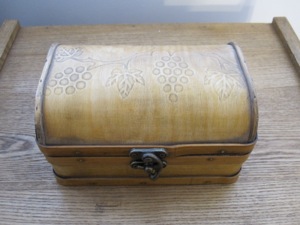
So what is one to do but decoupage wine labels all over the interior and foot of the box?
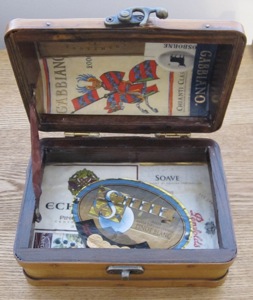
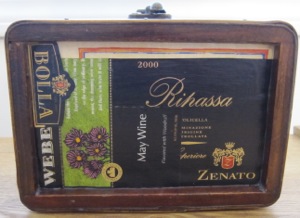
I learned that Mod Podge is not the best glue, though it is an adequate glue. I kind of wish I’d glued the labels down with rubber cement originally and used the Mod Podge only as a finisher, but it worked out. I used many, many layers of Mod Podge. The oval label in the middle of the interior bottom had a ridge around the edge where it was poking up, and my efforts to sand that down led to the entire coating on the oval label peeling off! Fortunately, it only peeled off exactly over the oval, which meant further layers of Mod Podge helped smooth the surface – there was still a buildup of Podge outside the oval, so the ridge was diminished. I did, however, add a label from the neck of a vodka bottle to cover where I’d sanded off the oval label’s color.
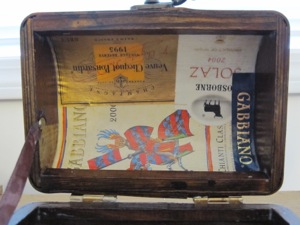
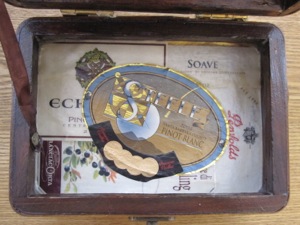
All in all, I would call this a fun and incredibly easy project, though it takes a lot of time. Not at once, but spaced out over a number of days. I used a foam brush and wrapped it in aluminum foil between uses, though I still had to replace it once or twice over the life of the project when it got gummy.
